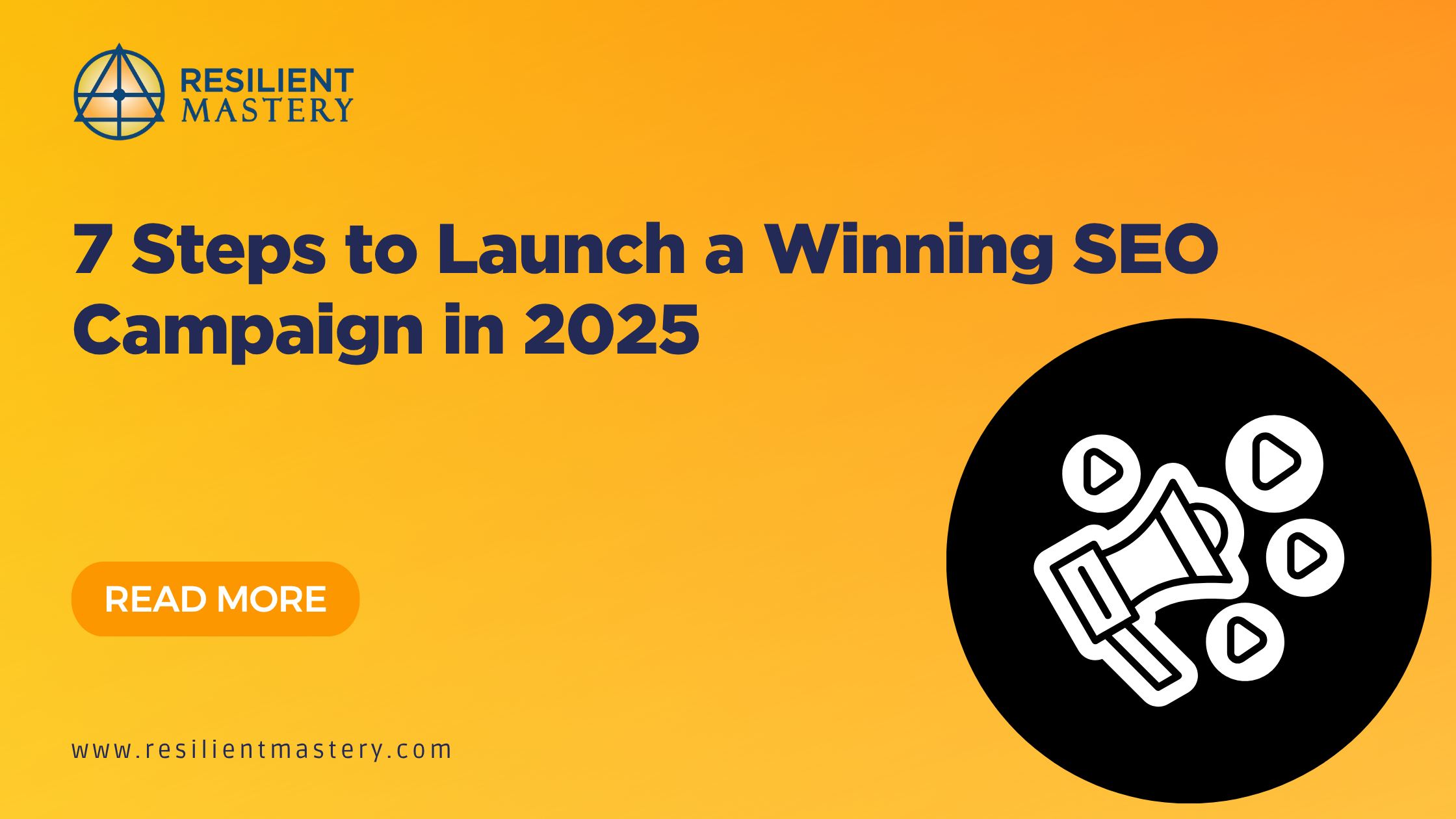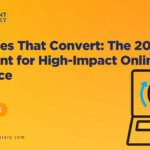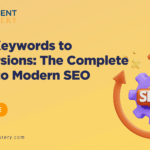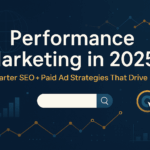Introduction: SEO Campaigns in the Age of AI
Launching an SEO campaign used to mean finding keywords, adding them to content, and waiting for rankings. But in 2025, SEO is a holistic, intent-driven discipline where success comes from blending technical excellence, meaningful content, and AI-powered insights.
Whether you’re a small business owner, a marketing director, or a startup founder, a winning SEO campaign must focus on one goal: turning visibility into conversions.
This article lays out the 7 steps every business can follow to launch an SEO campaign that doesn’t just rank — it grows revenue.
Step 1: Define Goals and KPIs
Every winning SEO campaign begins with clarity.
Ask: What Does Success Look Like?
- More organic traffic?
- Higher lead generation?
- Better brand visibility?
- Increased sales conversions?
Common SEO KPIs in 2025
- Organic traffic growth (sessions, impressions).
- Keyword rankings for both short- and long-tail queries.
- Conversion rates from organic visitors.
- Engagement metrics (time on site, dwell time, CTR).
- Revenue attribution from organic channels.
📊 Pro Tip: Tie SEO goals to business outcomes, not vanity metrics. Ranking #1 means nothing if it doesn’t drive conversions.
Step 2: Research Intent-Driven Keywords
Keywords still matter — but not just the words themselves. It’s about understanding search intent.
Four Types of Search Intent
- Informational: “What is semantic search?”
- Navigational: “Resilient Mastery SEO services”
- Transactional: “Buy SEO packages 2025”
- Commercial Investigation: “Best SEO agencies in California”
How to Research in 2025
- Use AI-powered tools like SEMRush, Ahrefs, and SurferSEO for keyword clusters.
- Look at voice search queries (longer, conversational).
- Analyze SERP features (snippets, People Also Ask).
📊 Stat: 58% of searches in 2025 are long-tail, intent-based queries.
Step 3: Build a Topic Cluster Strategy
Google no longer rewards one-off blog posts. Instead, it rewards topic authority.
Pillar + Cluster Model
- Pillar Content: A comprehensive guide (like this article).
- Cluster Content: Supporting blogs targeting long-tail questions.
- Internal Links: Connect clusters back to the pillar to signal depth.
Example:
- Pillar: The Complete Guide to SEO in 2025
- Clusters: Local SEO tips, Technical SEO checklist, E-E-A-T explained
This approach not only improves rankings but keeps users on your site longer.
Step 4: Optimize Technical SEO
Even the best content fails if technical SEO is broken.
Critical Factors in 2025
- Core Web Vitals: Speed, responsiveness, and stability.
- Mobile-First UX: 65%+ of searches are mobile.
- Schema Markup: Structured data for AI-driven search engines.
- Indexing Health: Fix crawl errors and duplicate content.
📊 Pro Tip: Use Google Search Console + tools like Screaming Frog to perform monthly audits.
Step 5: Create Conversion-Driven Content
SEO content should educate and sell without being salesy.
The 2025 Content Checklist
- Depth: Long-form guides (1,500–3,000 words) with multimedia.
- Storytelling: Connect with emotions, not just logic.
- Clarity: Answer the search query fully, in plain language.
- CTAs: Soft invitations to explore services or resources.
Example: A blog post on “AI chatbots for customer service” ends with a CTA to schedule an AI integration consultation with Resilient Mastery.
Step 6: Build Authority with Links
Links remain one of the strongest ranking signals.
Internal Linking
- Link supporting blogs to pillars.
- Use descriptive anchor text (“modern SEO strategies”) vs. generic (“click here”).
External Linking
- Secure guest posts on authoritative websites.
- Partner with aligned brands for backlink opportunities.
- Avoid spammy link schemes — Google penalties are stricter than ever.
📊 Stat: High-authority backlinks increase ranking potential by up to 77%.
Step 7: Measure, Adapt, and Scale
SEO is not a one-time project. It’s an ongoing cycle of optimization.
Key Tracking Metrics
- Rankings by intent.
- Conversion rates by landing page.
- Organic traffic trendlines.
- Revenue growth attributed to SEO.
AI-Driven Analytics
Modern tools forecast traffic shifts, competitor moves, and even ROI before campaigns finish.
📊 Pro Tip: Set up real-time dashboards that integrate Google Analytics 4, Search Console, and CRM data.
Case Study: A 2025 SEO Campaign in Action
A B2B SaaS company launched an SEO campaign following these 7 steps:
- Defined KPIs (reduce CAC, boost inbound leads).
- Researched keywords around “AI-powered SaaS tools.”
- Built a content hub with 12 supporting cluster blogs.
- Fixed site speed + added schema markup.
- Created in-depth case study content.
- Secured backlinks from 5 authoritative industry blogs.
- Tracked conversions through GA4 + HubSpot CRM.
Results after 6 months:
- 68% growth in organic traffic.
- 42% lower CAC.
- 3x increase in inbound qualified leads.
Conclusion: SEO Campaigns That Convert
A winning SEO campaign in 2025 isn’t about shortcuts or hacks. It’s about strategy, integration, and patience.
The seven steps outlined here — from goal-setting to AI-powered analytics — provide a repeatable framework to not just rank higher, but to turn visibility into growth.
Ready to launch an SEO campaign that actually converts? Resilient Mastery specializes in building SEO ecosystems that align with branding, marketing, and AI.








